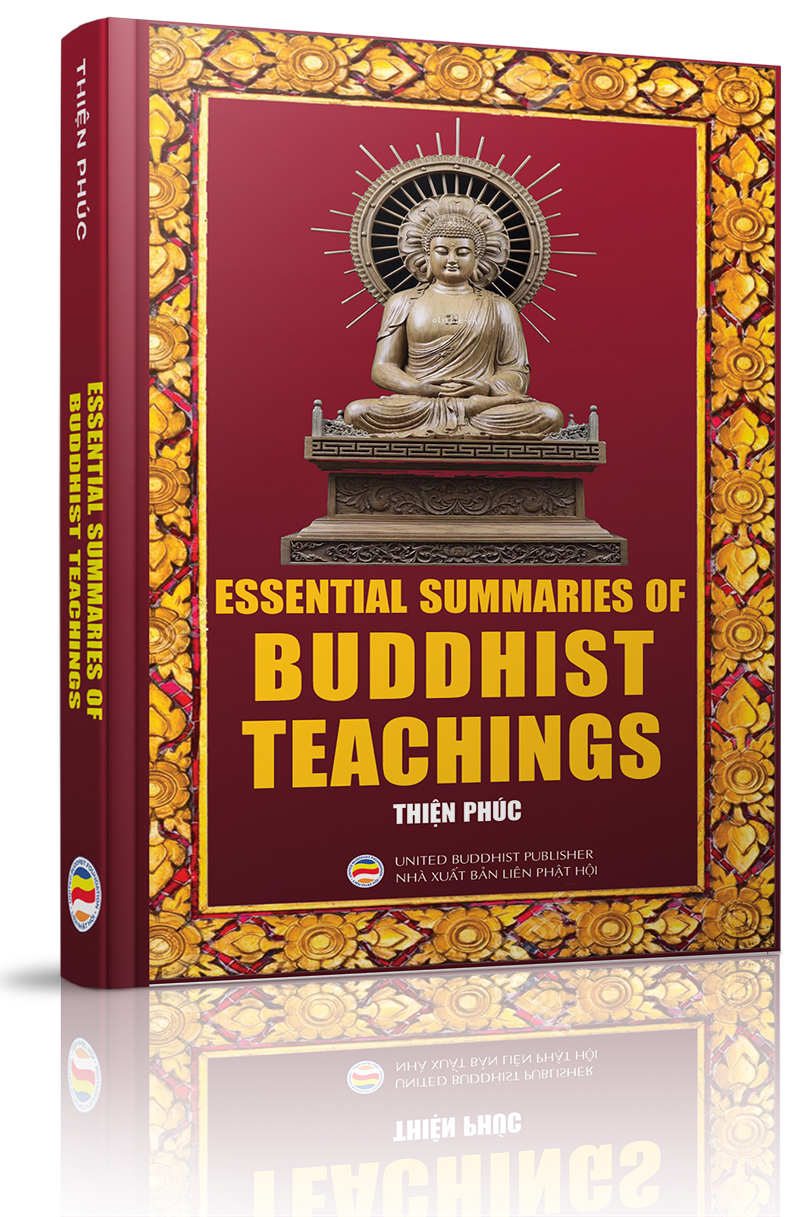Mục đích của đời sống là khám phá tài năng của bạn, công việc của một đời là phát triển tài năng, và ý nghĩa của cuộc đời là cống hiến tài năng ấy. (The purpose of life is to discover your gift. The work of life is to develop it. The meaning of life is to give your gift away.)David S. Viscott
Với kẻ kiên trì thì không có gì là khó, như dòng nước chảy mãi cũng làm mòn tảng đá.Kinh Lời dạy cuối cùng
Để có đôi mắt đẹp, hãy chọn nhìn những điều tốt đẹp ở người khác; để có đôi môi đẹp, hãy nói ra toàn những lời tử tế, và để vững vàng trong cuộc sống, hãy bước đi với ý thức rằng bạn không bao giờ cô độc. (For beautiful eyes, look for the good in others; for beautiful lips, speak only words of kindness; and for poise, walk with the knowledge that you are never alone.)Audrey Hepburn
Chúng ta không thể đạt được sự bình an nơi thế giới bên ngoài khi chưa có sự bình an với chính bản thân mình. (We can never obtain peace in the outer world until we make peace with ourselves.)Đức Đạt-lai Lạt-ma XIV
Dầu nói ra ngàn câu nhưng không lợi ích gì, tốt hơn nói một câu có nghĩa, nghe xong tâm ý được an tịnh vui thích.Kinh Pháp cú (Kệ số 101)
Chúng ta phải thừa nhận rằng khổ đau của một người hoặc một quốc gia cũng là khổ đau chung của nhân loại; hạnh phúc của một người hay một quốc gia cũng là hạnh phúc của nhân loại.Đức Đạt-lai Lạt-ma XIV
Cách tốt nhất để tiêu diệt một kẻ thù là làm cho kẻ ấy trở thành một người bạn. (The best way to destroy an enemy is to make him a friend.)Abraham Lincoln
Nhà lợp không kín ắt bị mưa dột. Tâm không thường tu tập ắt bị tham dục xâm chiếm.Kinh Pháp cú (Kệ số 13)
Nếu người nói nhiều kinh, không hành trì, phóng dật; như kẻ chăn bò người, không phần Sa-môn hạnh.Kinh Pháp cú (Kệ số 19)
Lửa nào bằng lửa tham! Chấp nào bằng sân hận! Lưới nào bằng lưới si! Sông nào bằng sông ái!Kinh Pháp cú (Kệ số 251)
Hoàn cảnh không quyết định nơi bạn đi đến mà chỉ xác định nơi bạn khởi đầu. (Your present circumstances don't determine where you can go; they merely determine where you start.)Nido Qubein
Trang chủ »» Danh mục »» TỦ SÁCH RỘNG MỞ TÂM HỒN »» Essential Summaries of Buddhist Teachings »» Chapter Fifteen. The Truth of the Four Noble Truths »»
 Xem Mục lục
Xem Mục lục  Vietnamese || Đối chiếu song ngữ
Vietnamese || Đối chiếu song ngữ

DO NXB LIÊN PHẬT HỘI PHÁT HÀNH
Mua sách qua Amazon sẽ được gửi đến tận nhà - trên toàn nước Mỹ, Canada, Âu châu và Úc châu.
Quý vị đang truy cập từ IP 216.73.216.19 và chưa ghi danh hoặc đăng nhập trên máy tính này. Nếu là thành viên, quý vị chỉ cần đăng nhập một lần duy nhất trên thiết bị truy cập, bằng email và mật khẩu đã chọn.
Chúng tôi khuyến khích việc ghi danh thành viên ,để thuận tiện trong việc chia sẻ thông tin, chia sẻ kinh nghiệm sống giữa các thành viên, đồng thời quý vị cũng sẽ nhận được sự hỗ trợ kỹ thuật từ Ban Quản Trị trong quá trình sử dụng website này.
Việc ghi danh là hoàn toàn miễn phí và tự nguyện.
Ghi danh hoặc đăng nhập